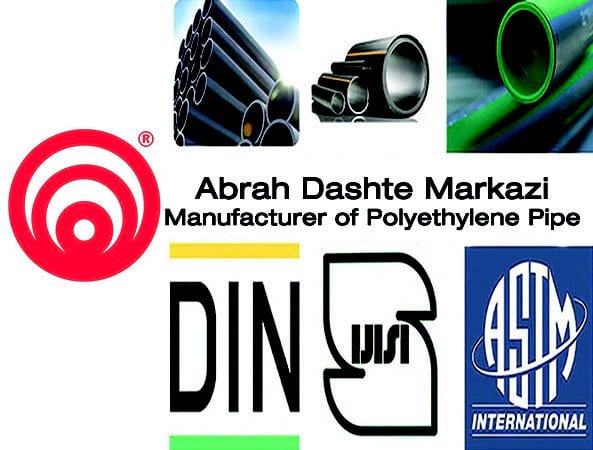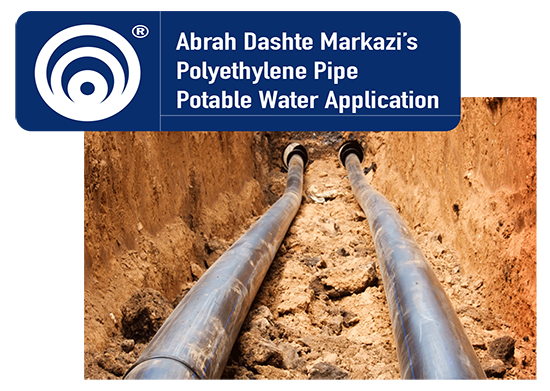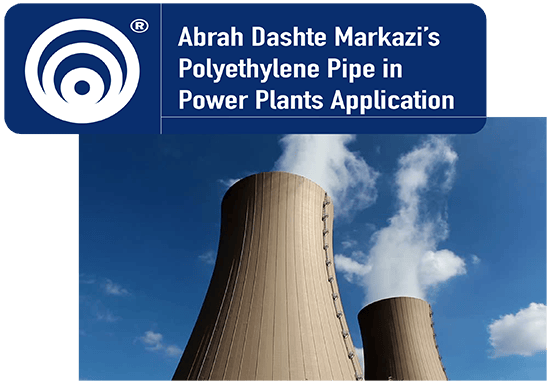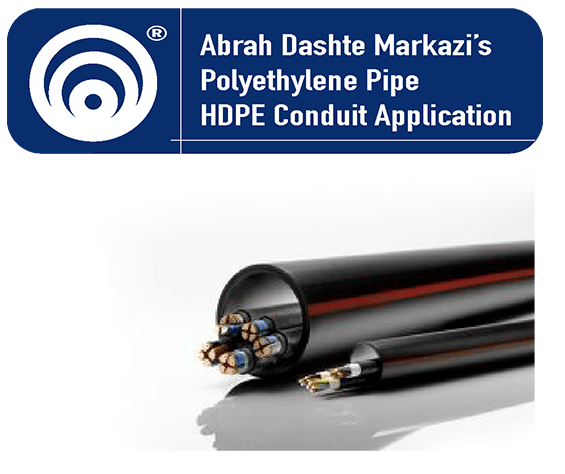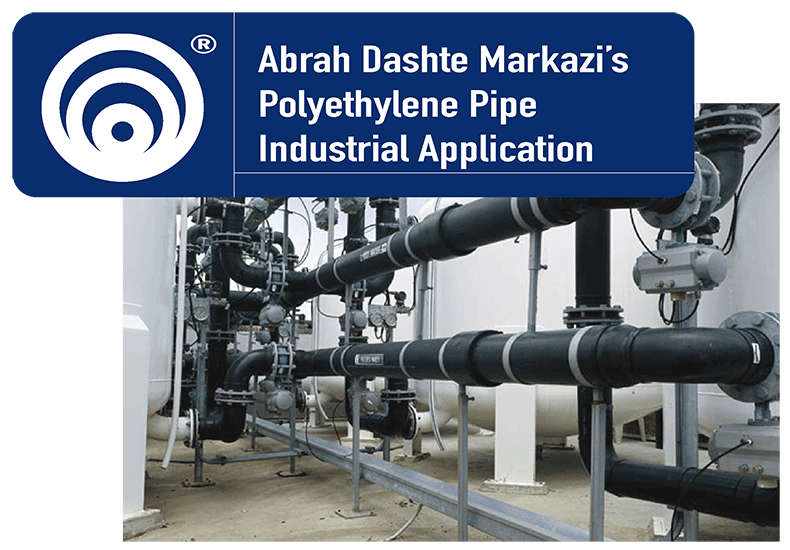HDPE PIPE for Mining Applications
High-Density Polyethylene Pipe (HDPE) has proven itself for over 30 years as the product of choice for various mining applications. The characteristics of HDPE make it ideal for things like slurry processing, water processing, heap leaching, solution mining, tailings transportation, pit & mine dewatering, depressurization, and dust suppression. It is a proven product in rugged terrains, extreme climates, and changing site environments For demanding and harsh environments commonly found at mining sites, Heat-fused joints create a monolithic structure that allows long lengths of pipe to be pulled from one area to another. HDPE can’t be beaten. HDPE has a very high resistance to most harsh chemicals and can handle acids ranging from low ph acids to high ph caustic solutions. It is also very resistant to abrasions and will not break or shatter without a significant outside force. HDPE is semi-rigid meaning it can withstand high external loads as well as high internal pressure surges. In addition, it is flexible and tends to expand with pressure surges. PE pipe's flexibility, abrasion resistance, and leak-free joints have helped the product prove itself long-term in demanding environments. This increases the life of the pipeline and reduces the overall cost of maintenance.
Polyethylene pipe's Applications in mining
Polyethylene pipe is the accepted standard for these mining applications:
- Solution Mining
- Heap Leaching
- Process Water
- Process Slurry
- Water Transportation
- Tailings Transportation
- Dust Suppression
- Mine Dewatering
- Pit Dewatering
- Depressurization
Polyethylene pipe's advantages in mining
When it comes to the mining industry and When it comes to selecting pipe materials for mining applications we are talking about some of the most caustic and aggressive materials you will ever find. Corrosive chemicals, acids, salts, and abrasive soils require a piping solution that does more than just serve as a passageway, the two most important factors in selecting pipe materials for mining applications are security and reliability. The pipe must be rustproof, break-resistant, and corrosion-free. It must safeguard the environment and protect the taxpayer. It must have a track record that professional engineers and installers respect.
HDPE pipe can be used for a variety of mining applications including water transfer, coal washing, general mineral processing, sluice, and slurry transfer. Our pipe was specifically developed to meet the unique requirements of hard rock and specialty mining operations. It offers safe, easy to install, economical fabrications for air separation structures, manways, and mineways, raise bore linings, reclaim tunnels, drifts, conveyor covers, and many other uses. Our piping products easily handle severe conditions for mine portals, rockfall protection, and stockpile tunnels. Hdpe pipe is often used in mineways, shafts, tunnels, gangways, and bins
Some of the proven advantages of HDPE pipe for mining applications include:
Chemical and Abrasion Resistance
- HDPE pipe will not rust, corrode, tuberculate, or support biological scale or growth, and has superb chemical resistance compared to traditional pipe materials
- It performs reliably within a pH range of up to 14
- HDPE pipe has superb chemical resistance and is the material of choice in harsh chemical environments
- The smooth interior of the HDPE pipe promises low resistance to fluid flows even at high flow velocities
- The advantages of corrosion and chemical resistance over traditional metal pipes are shared by many plastic pipes, but HDPE pipe uniquely combines these attributes with the aforementioned advantages of heat-fused joints, flexibility, and fatigue resistance.
- HDPE is unaffected by bacteria and fungi, offering resistance to many organic substances
- The tough corrosion-resistant qualities of HDPE pipe makes it ideal for all types of culvert, sewer, and subdrainage needs in mining applications, both above ground and below
Pressure Surge Resistant
- PE pipe for mining applications is semi-rigid to withstand high external loads as well as high internal pressure surges. Its flexible nature expands with pressure surges that increase the life of the pipeline and reduces maintenance costs.
- HDPE pipe can withstand very high internal or external pressures, even at depths of several hundred feet. It lasts longer than stainless steel. Your operation can function smoothly at peak levels while ensuring your facilities, your people, and the environment are always protected
- What makes HDPE pipe so popular as a conveying or drainage pipe is its combination of excellent hydraulics, surge resiliency, and overall strength and toughness
Low Cost & Ease of Installation
- Using trenchless technologies like directional horizontal drilling to install your pipe and joining methods like heat fusion means savings you won't regret
- Polyethylene pipe installations are cost-effective and have long-term cost advantages due to their physical properties, leak-free joints, and reduced maintenance costs.
- The polyethylene pipe industry estimates the service life for PE pipe to conservatively be 50-100 years. This generates savings in replacement costs for generations to come. You want a pipe that is easy to install and will last forever
- In addition to the Life Cycle Capital Cost advantage of HDPE pipe, additional savings accrue to the owner because the "allowable water leakage" is zero rather than typical leakage rates of 10% to 20% for PVC and Ductile Iron.
- It is much easier to handle and install HDPE pipe vs. the heavier, rigid metallic or concrete pipe segments, allowing for significant cost advantages and ROI. Because HDPE is about one-eighth the density of steel, it does not require the use of heavy lifting equipment during installation.
- Polyethylene pipe is better able to structurally withstand an impact than PVC pipe, especially in cold weather installations when other pipes are more prone to cracks and breaks.
- HDPE flexibility allows for bending without the need for additional fittings and can be installed over uneven terrain easily in continuous lengths
- The combination of flexibility and leak-free joints allow for unique and cost-effective types of installation methods that the rigid PVC and Ductile Iron pipes can't use with bell and spigot connections. These alternate installation methods (Horizontal Directional Drilling, Pipe Bursting, Sliplining, Plow and Plant, Submerged or Floating Pipe, etc.) can save considerable time and money in most applications.
- Polyethylene pipe is produced in straight lengths up to 50 feet long and coiled in diameters up through 6-inch. Coiled lengths over 1,000 feet are available depending on size providing low-cost installations.
- Polyethylene is about one-eighth the density of steel. It does not require the use of heavy lifting equipment for installation






